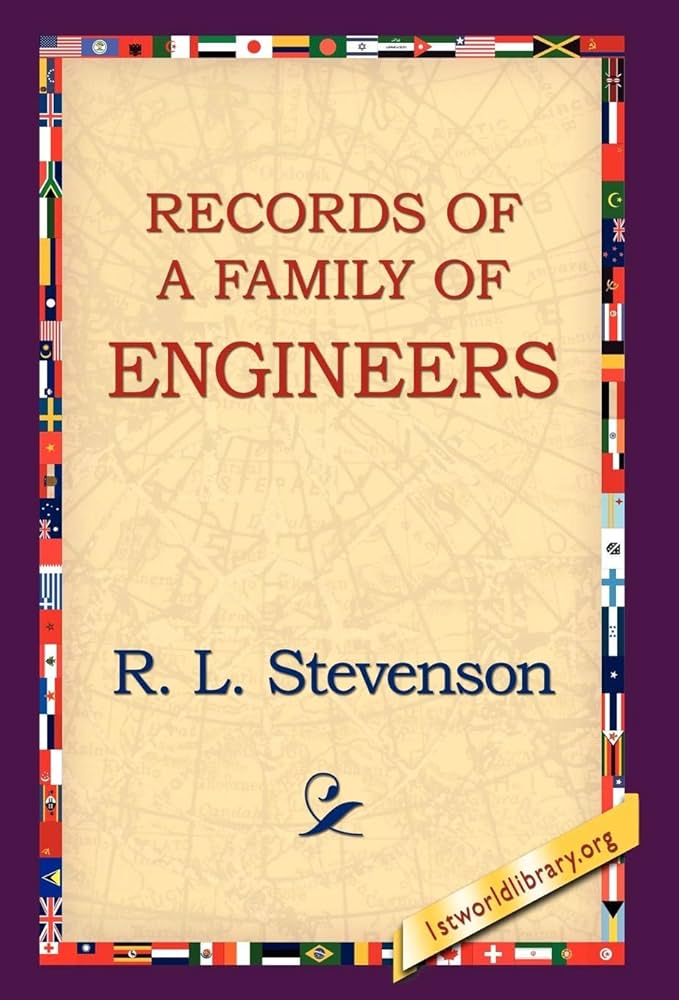Chapter IV — OPERATIONS OF 1810
byChapter IV begins as the construction team resumes their labor, unloading the immense cast iron rails meant for the staircase. Each rail, shaped uniquely and weighing several hundred pounds, demanded precise coordination and proper lifting gear. The team used a tripod structure made of spars to hoist these pieces from the ship’s hold onto solid rock, where they were sorted and aligned meticulously. The process required more time and attention than expected, as every rail had to be matched to its specific location by both shape and number. These technical demands tested the skill and patience of the men, revealing the complexity of assembling prefabricated ironwork in such a remote and precarious setting. Nothing could be left to chance; mistakes meant delays, and delays in this season came with harsher weather. Every task depended not only on manpower but also on constant adaptation to wind, tide, and terrain.
Just days later, on December 5, the rock was struck by a storm fierce enough to threaten the entire project. Although the beacon-house endured with its foundation intact, its lower sections flooded with sea spray and debris. Several temporary parts—wooden balcony rails, storm shutters, and one major beam—were torn away by the violent waves. This incident underlined the importance of installing the permanent ironwork without delay, as the wooden elements could not withstand repeated exposure to such force. The temporary structures, though never intended to last, were still relied upon, and their loss further emphasized how exposed the crew remained. With the Atlantic bearing down harder each week, urgency replaced routine in the crew’s schedule. Each failure of wood confirmed the soundness of the engineer’s decision to use iron—durable, resilient, and suited to defy the ocean’s power.
Captain Wilson, already battling illness, had delivered necessary supplies before returning to the mainland to recover. His absence placed more responsibility on Mr. John Reid and the remaining men, who now had to oversee both the day-to-day work and the safety of the beacon itself. The final touches to the lighthouse’s structure, particularly in the light room and on the balcony, took on even greater importance. The iron railings, once viewed as mere architectural detail, now stood as a barrier between life and the sea. Each bolt and bracket fastened by the crew added to their collective confidence that this structure would withstand what was yet to come. In these moments, the lighthouse became more than just a building; it was their shelter, their mission, and their measure of courage.
As winter deepened, the crew pressed on through cold winds and short days, guided by both necessity and pride. Tasks were not completed with haste but with a deliberateness shaped by experience and respect for the sea. Their work, though physically exhausting, was performed with care, knowing that lives would one day depend on every joint, bolt, and lens. The transformation of the tower from exposed scaffolding to a fortified landmark was not only mechanical but symbolic. It marked a victory over delay, disorder, and danger, carved into stone and iron against a backdrop of relentless waves. And behind each success stood a network of discipline, forethought, and shared resolve among men who had come to understand each other as deeply as they understood their craft.
Beyond the technical triumphs, the construction project embodied a story of human grit. Each completed section of the lighthouse bore silent witness to storms weathered and problems solved. The men who labored there were not only builders of stone and metal but also protectors of future mariners. Their efforts created a light that would shine not just for navigation, but as a signal of endurance to all who saw it. In every clank of hammer and hiss of rope, there lived a message that even in the harshest corners of the world, structure and purpose could rise. Chapter IV captures this truth with quiet clarity—of work forged under pressure, of materials tested by nature, and of people bound together by a common purpose that outshines even the brightest beam atop the sea.

